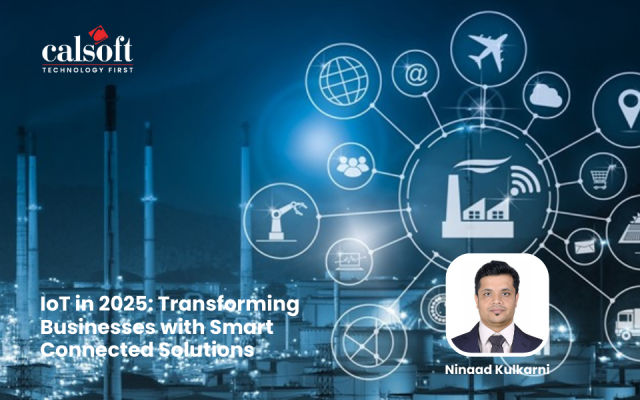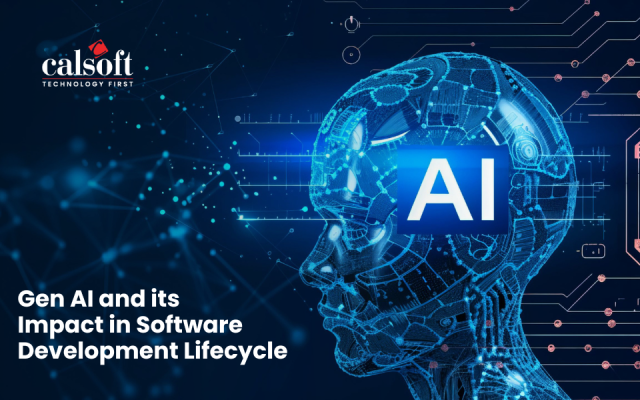Simple explanations of Machine Learning and Artificial Intelligence, and how they’re related… but not at all the same thing.
Artificial Intelligence (AI) and Machine Learning (ML) are very much on the minds of tech companies and business owners alike. Business owners are slowly coming around to the notion that they’ll need something to help them make sense of an increasingly data-centric world, while tech leaders are busy investing in the future of AI.
AI is everywhere… or is it Machine Learning?
The investment in AI is already paying off for many tech companies, as software has become noticeably smarter all around us.
Intelligent homes are in trend now wherein devices like smart speakers, refrigerators, lights, appliances are being integrated quickly. [1]. On the business side of things, the most innovative enterprises are already harnessing AI to glean insights from the mountains of data they’ve amassed over the years. Think of the Microsoft Dynamics 365 or other “AI as a Service” providers.
Here’s where terminologies can get confusing.
Much of the AI boom is made possible by breakthroughs in Machine Learning (ML). The result has been that business owners have been hearing a lot about ML as well as AI rendering … mass confusion.
That’s a problem because, as organizations scramble to keep up with an evolving business landscape that increasingly relies on automation, data analytics, and other technical capabilities, they’ll need to know the precise difference between the two terms.
AI and ML: Why are they so often used interchangeably?
Since AI and ML are so closely connected, they both crop up in the same conversations. Mainly, those conversations revolve around data and how to get business value from it.
Regardless of the industry, everyone’s collecting mountains of data these days. And, to add to the complexity and volume, along comes the Internet of Things.
With the data that connected devices are adding, companies are looking at more data than they canever handle without some smart intervention to help them decipher it all. Without some sort of AI-enabled assistance, all that data would be effectively useless!
But they are 2 different things
To get right down to it, here’s the functional difference between AI and ML:
- AI Manipulates Data. AI is used to intelligently manipulate data in order to achieve a “smart” task. The end game is to process data and generate an action, which is what businesses want.
- ML Consumes Data. ML consumes data in order to learn how to be “smart”. This is how you build Artificial Intelligence. Business owners don’t care about ML. They simply want the results that AI brings them.
Let’s break that down.
ML is Actually a Subset of AI
What everyone needs, to truly leverage Big Data, is Artificial Intelligence. They need something smarter than themselves to organize, label, and categorize the data, and then sift through it, look for patterns, and make observations.
In the quest to achieve Artificial Intelligence, there’s more than one approach.
- You can program a computer to think like a human brain.
- You can teach a computer to learn on its own.
The first case is the old-school approach to AI. The second approach is Machine Learning.
At first, scientists thought they could program their way to AI. As you can imagine, however, it takes a heck of a lot of programming to arrive at true intelligence.
It’s far more efficient to teach a computer how to think like a human being than to try and teach it everything there is to know! In other words, teaching a computer how to learn on its own is far more productive. Hence, the term “Machine Learning”.
Compare the difference to various approaches of educating children. You can try and teach children everything didactically (AI) or you can give children the tools to explore, observe, and learn on their own (ML).
A deeper dive into the difference between AI and ML
The concept of AI actually dates back to medieval times, but Machine Learning is only recently available.
That’s because Artificial Intelligence is more of a theory, one which describes the concept of a non-human system that’s able to perform intelligently — i.e. it can make observations, relate input to stored data, respond appropriately to stimuli, and make intelligent decisions.
A stock trading platform is an example of applied AI. Programmers wrote some codes to create the platform. The platform functions as a human stockbroker to make smart trading decisions. The result is something that mimics human intelligence. But it doesn’t learn, and it doesn’t improve unless programmers go in and rewrite the codes.
Machine Learning is when a computer is able to learn without being programmed. It is fed data (the more, the better) on which it works to suss patterns and make conclusions, thereby “learning”.
Wrap-Up
Businesses are already starting to differentiate themselves by harnessing Artificial Intelligence to leverage their data. They have Machine Learning to thank for the access it’s given them to the powers of AI. As our collective data stores grow, Machine Learning will become more powerful as it consumes the data it needs in order to learn. And likewise, the more data there is out there, the more need there will be for AI and ML to help us derive value.
We’ve talked a lot about where ML and AI diverge. But they do indeed also “meet” — they both work together to help us make sense of data and gather powerful insights rendering immense business value to an organization
It also happens to be a space in which Calsoft is very well rooted has immense expertise. To know more please contact marcom@calsoftinc.com
[1] https://www.mirror.co.uk/tech/ces-2017-lg-unveils-smart-9563716






